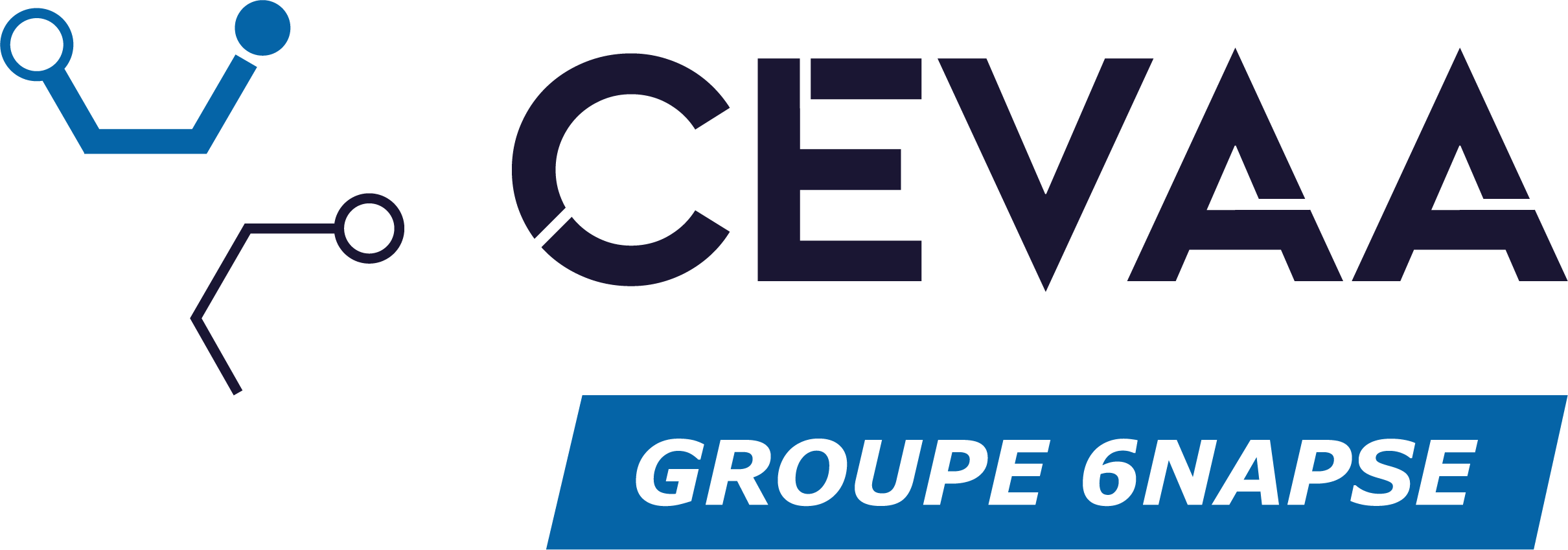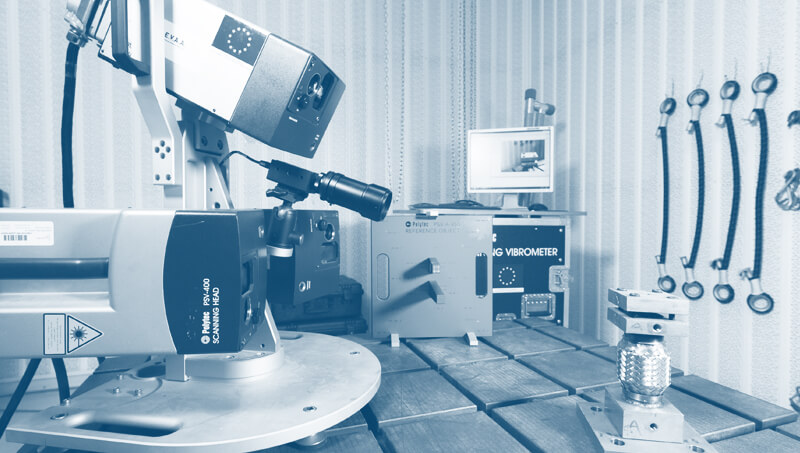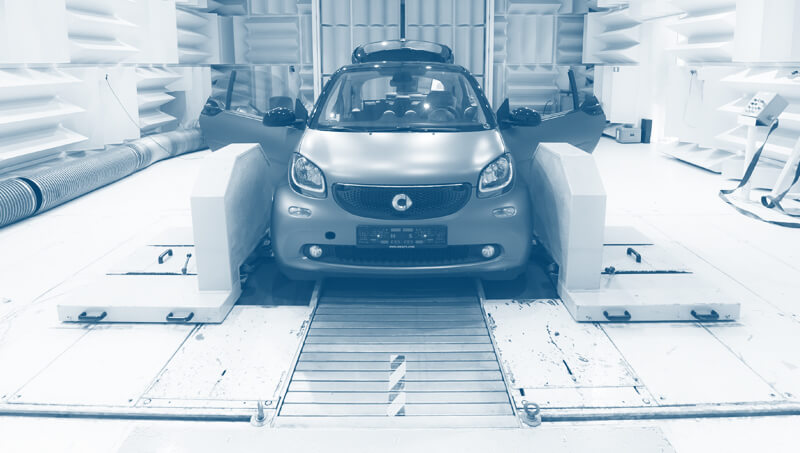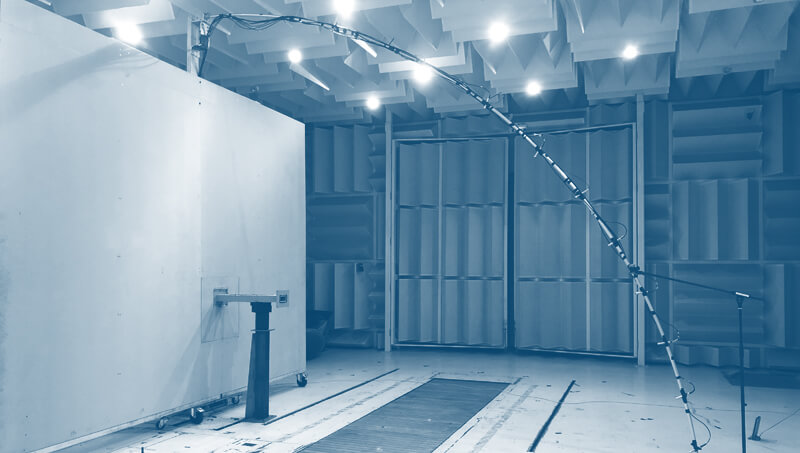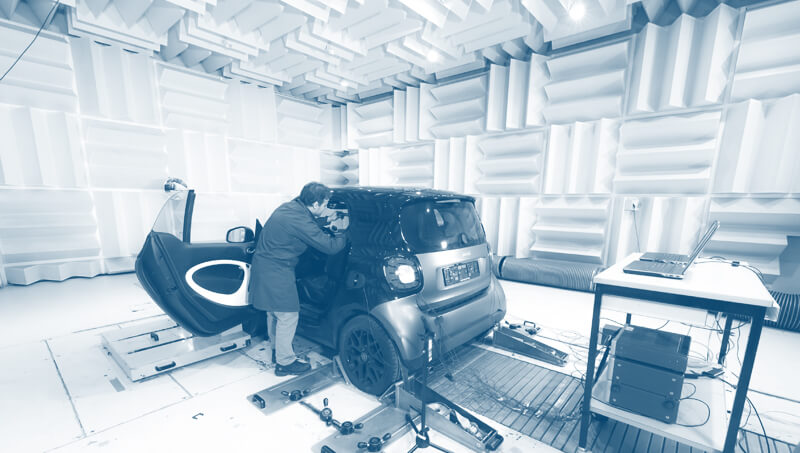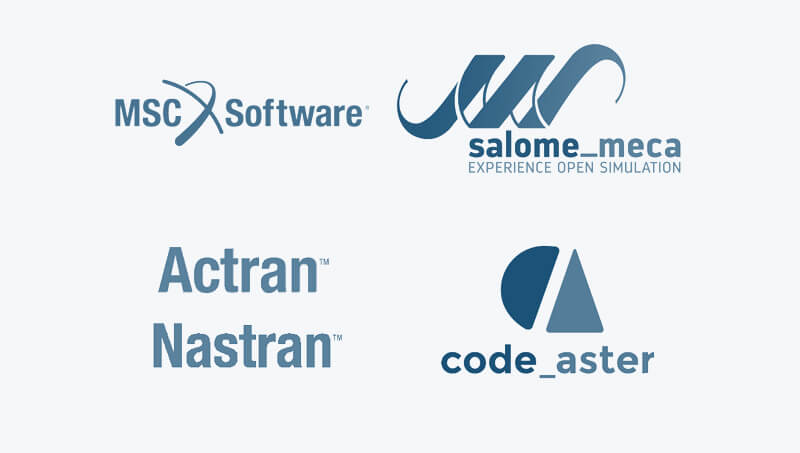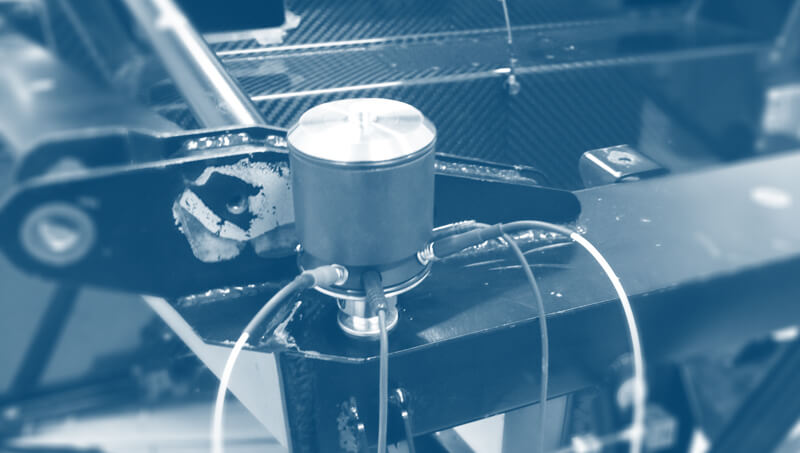Derisking – Diagnosis and solutions
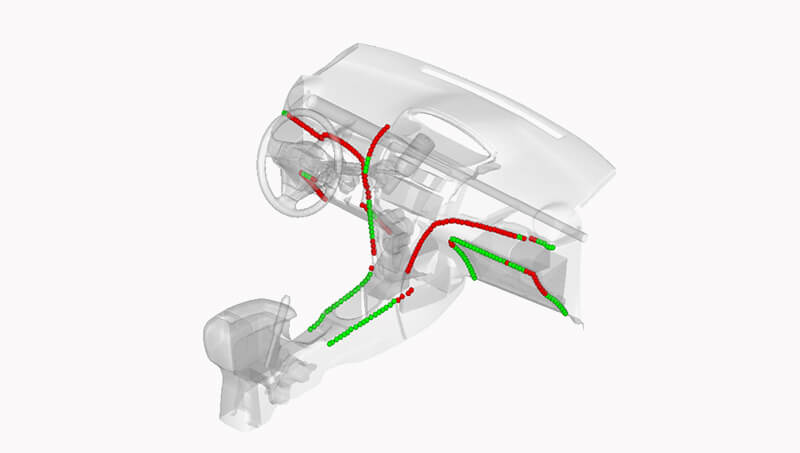
In order to avoid noise and vibration problems, the development of a product must meet specific requirements from the preliminary design stage. The CEVAA supports manufacturers in this derisking stage.
During the descent of the V cycle, the requirements are broken down from the complete product to the subsystems and components to the materials. The rise of the V makes it possible to validate the achievement of the requirements for each stage and to iterate on the design in the event that a specification is not respected. This fairly general approach is widely known in the mechanical industry. It has been systematized with intensive use of the digital model and simulation tools.
Derisking by simulation
Simulation is a great derisking tool that allows you to intervene as early as possible in the development phase of a product, as soon as a virtual prototype is available. The virtual prototype can be a 0D model or a finite element model.
Calculations of eigenmodes, calculations of response functions in vibration frequency or acoustic pressure will make it possible to compare the response of the product with respect to the requirements of the specifications.
Some examples of digital derisking studies carried out by the CEVAA simulation team:
- Study of parasitic noises (squeak & rattle) of motor vehicle subsystems (dashboard, door, steering column seal, etc.)
- Study of the rattle phenomenon of a train seat (TGV 2020)
- Study of the suspension of an electric motor (calculation of reception stiffness, iteration on the stiffness of the silent blocks in the different axes)
- Calculation of the insulation performance of an apron, a crossing (calculation of the loss by insertion in a small cabin)
- Calculation of the seismic resistance of a crossing of a nuclear power plant
The use of software from the MSC One suite allows our team of calculation engineers to intervene on problems of noise (Actran), vibration and static resistance (Nastran), shock and impact resistance (Dytran ), electromagnetic noise (Romax) or the behavior of seals (Marc Mentat).
In addition, we have developed strong expertise in the use of the Squeak and Rattle Director (SnRD) software from the Hyperworks suite, from the derisking phase to the digital optimization of the product, including cause analysis. . This analysis of the risks of parasitic noise can then be correlated with a photo of the noises measured on a physical prototype.
More generally, the virtual prototype requires reliable input data (material properties, boundary conditions) and must be correlated with test data. A data fitting of the model may be necessary, with the aim of robustifying the derisking step.
These mixed calculation/test methods are mastered by the CEVAA teams and accessible to all of our customers, regardless of their industrial sector.
Diagnosis of vibro-acoustic problems and solutions
When the acoustics and vibration behavior of a product are not an integral part of the specifications or when an adaptation of an existing product is carried out without a digital derisking phase, the risks of problems appearing are intrinsically increased. .
This can become critical when, for example, a noise problem appears and prevents the marketing of a product that is too noisy or when a vibration resonance phenomenon leads to a mechanical failure. However, all is not lost!
A diagnosis of the problem will make it possible to observe the phenomenon, quantify it and explain its causes. The CEVAA laboratory has the means of measurement and the skills necessary for this diagnosis. The use of digital simulation makes it possible, when useful, to validate the hypotheses put forward for testing and to analyze in more detail the causes of the problem.
Our teams are able to support our customers until the problem resolution phase by sizing technical solutions adapted to the product process and the economic context.
Sizing can be done by digital optimization of the virtual prototype or by modeling solutions in principle on a physical prototype.
OUR TECHNICAL MEANS
For more information, contact us to discuss technically on your needs!
